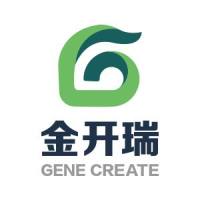Isolation Independent Methods of Characterizing Phage Communities 2: Characterizing a Metagenome
互联网
628
Current appreciation of the vast expanse of prokaryotic diversity has largely come through molecular phylogenetic exploration of sequence diversity within the universally conserved gene for small subunit ribosomal RNA (16S rDNA). A plethora of methodologies for characterizing the diversity and composition of bacterial communities is based on sequence polymorphisms within this single gene. By comparison, no gene is universally shared among viruses or bacteriophages, which has prevented broad scale characterization of viral diversity within microbial ecosystems. With the reduction in DNA sequencing costs and wide availability of bioinformatics software, the tools of whole genome shotgun sequencing are now beginning to be applied to the characterization of genetic diversity within whole microbial communities. Such metagenomic approaches are ideally suited to the characterization of natural assemblages of viruses, because of the typically small, coding-dense nature of viral genomes. Data from a limited number of characterized viral metagenome libraries within a range of microbial ecosystems indicates that viral assemblages are comprised of between to a million different genotypes. Furthermore, viral assemblages typically contain a large proportion of completely novel genes and are likely to be the largest reservoir of unexplored genetic diversity on earth. Here, we present a conceptual framework for characterization of viral assemblages through metagenomic approaches.









